12 min to read
Best Programming Languages for Beginners
When a beginner is in the world of coding, one must always start with the easiest programming languages in the vast arena of development. Programming languages are the medium through which we derive desired results/ tasks from computers to achieve a certain target. Henceforth, learning a programming language is undeniably the most crucial aspect for a computer applications learner. As a computer science student, one often gets confused about choosing from innumerable choices available for devel
When a beginner is in the world of coding, one must always start with the easiest programming languages in the vast arena of development. Programming languages are the medium through which we derive desired results/ tasks from computers to achieve a certain target. Henceforth, learning a programming language is undeniably the most crucial aspect for a computer applications learner.
As a computer science student, one often gets confused about choosing from innumerable choices available for development. Coding for beginners is always exciting and fun, provided they have access to a good mentor, who can teach them the tricks of the trades effortlessly and in a fun way. As a novice programmer, one is always confused and is always finding the easiest programming languages to start their coding journey.
In this article, we have tried compiling a few of the easiest-to-learn and relevant programming languages for beginners, based on popularity, prospects, syntax, ease to learn, community support, and their application in the market.
10 Easiest Programming Languages for Beginners
We have categorized the 10 easiest programming languages in separate categories as per their use and functionality for a better understanding of beginners.
Let us check out:
Statically Typed Languages
Static languages are more strict in catching errors through type checking and it takes more code to build a prototype. Apps built with statically typed languages are more robust, scalable, stable, and easy to maintain.
5 of our easiest programming languages for beginners are statically typed and they are:
- Objective-C (For iOS development)
- C & C++
- C#
- Java
- Swift (For iOS development)
All the Game engines, mobile apps, and enterprise-level back-ends are built with statically typed languages.
1. Objective C (For iOS Development)
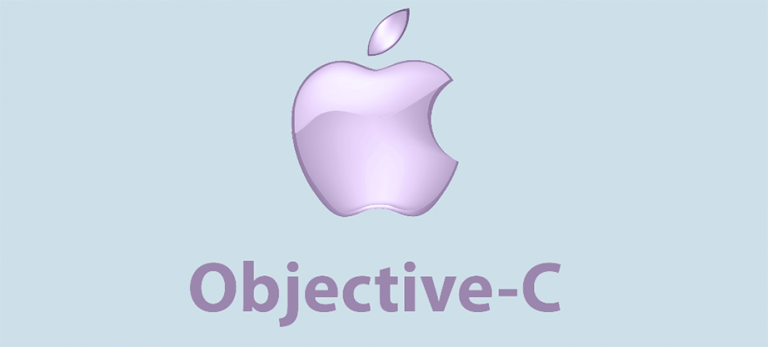
Objective-C is the primary programming language used by Apple for writing software in OS X and iOS and their respective APIs, Cocoa and Cocoa Touch. It is a general-purpose, OOPs programming language(Object-oriented programming) that adds Smalltalk-style messaging to the C language.
Objective-C is a superset of C and inherits the syntax, primitive types, and flow control statements of the C programming language. It adds syntax for defining classes and methods and provides dynamic runtime capabilities.
Also, it adds language-level support for object graph management and objects literals while providing dynamic typing and binding, deferring many responsibilities until runtime.
Future Prospect of Objective-C
Since most open-source projects of iOS development are written in Objective-C, their relevance and usability are unquestioned. As long as we have iOS development, Objective-C is here to stay and it is highly recommended for beginners in coding.
Both Swift and Objective-C are used for iOS development and both are very easy-to-learn programming languages. Learning Objective-C is a double bonanza, as it is very easy and quick to pick up Swift if you know Objective-C and vice-versa.
2. C & C++
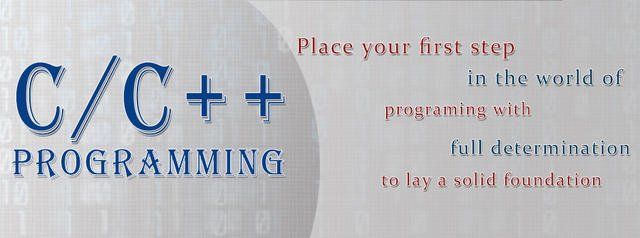
As a beginner at coding, if you learn C programming, you can learn other programming languages very easily. C programming language is considered the mother of all programming languages. This affects all other high-level programming languages in terms of functionality and execution.
C is often used to program system software and is the lingua franca of Operating Systems. It was mainly used for the development of the UNIX operating system. C is the first programming language with an efficient and flexible memory management system where we can build system-level programs that can directly access system resources like memory and processors.
It is a procedural programming language which follows the pattern of instructions in each program.
Often, it gives the impression of a very difficult language but it is quite easy to learn after you have clarity with its basic concepts like structures, functions, loops, etc. If you are serious about making a career in programming, start with C and it will sail you through all other languages' concepts. C influenced almost every programming language, especially Objective-C and C++.
So, if you master C completely, it would be easier for a beginner in coding to pick up other programming languages.
Furthermore, if you know the basics of C programming, learning C++ is quite easy for you to understand. C++ follows an object-oriented approach and is the latest version of the C programming language. C++ was designed for system programming and is very popular for game development these days.
Future Prospect Of C & C++ Programming Language
C is quite low-level compared to other programming languages, but since it’s the OS lingua franca and many development tools are written in C, including Linux, it will be sticking around.
Hence, it is highly recommended that new coders learn C & C++!
3. C#
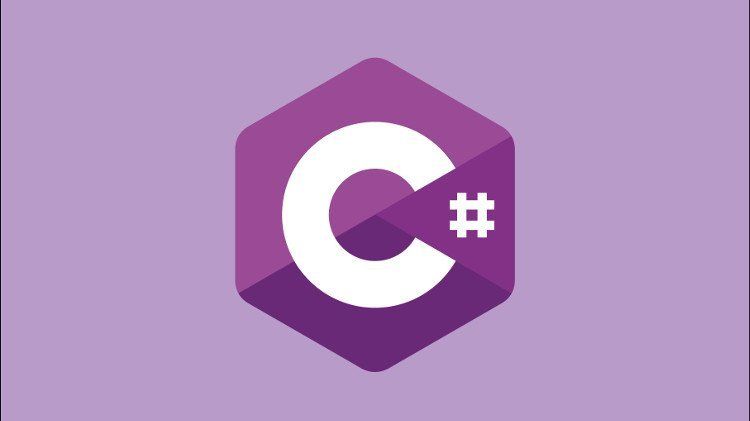
C # (C sharp) is as simple as C and C++, with additional sophisticated features. Unlike C and C++, which can be encoded and executed in different compilers, C # uses Visual Studio IDE.
Visual Studio is an easy-to-use IDE along with extensive libraries that make C # a good choice for beginners.
Future Prospect Of C#
C# is also one of the most used languages to develop video games, web, and Windows desktop applications.
4. Java
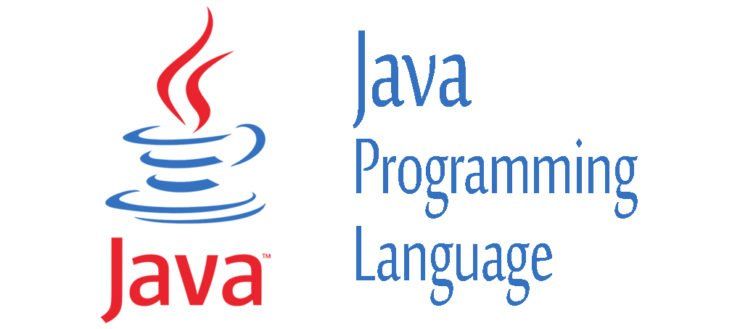
The core of Java is not different from C# and C++ and its usability and popularity make it easily available to study on various platforms. There are many tools, courses, and books available for beginners to learn java most simply. Although, it’s not as easy as other programming languages in terms of syntax it is a highly recommended programming language for beginners.
Java also follows an object-oriented programming language, a quite popular and widely used programming language that is used for almost all types of software development and enterprise-level web applications.
It is also commonly used as a server-side language for enterprise-level backend development (90% of fortune 500 companies use Java). As a general-purpose language, Java is dominating the software industry and is used everywhere from building Android apps to desktop apps and games.
Furthermore, its popular frameworks are highly useful in developing many applications, Hadoop is greatly recognized for storing and processing big data. Additionally, Hadoop is implemented by big enterprises like Yahoo, Amazon web services, and Facebook.
Future Prospect Of Java
Java will continue to grow as one of the most relevant programming languages for years to come. Android is a big boost in keeping Java the most popular programming language, and all enterprises adore Java for its relative stability and scalability.
With the rise of Spark (which uses Scala) and Cassandra (which supports other languages), there is competition for Hadoop but it won’t be going away anywhere.
Java programming language has excellent tools for back-end development, is easier to learn on various available platforms, has great community support, and is much more established for enterprise development. Highly recommended for any coding enthusiast!
5. Swift( For iOS development)
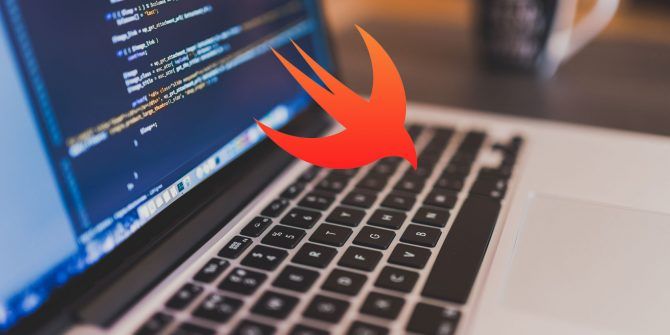
Swift is a robust and intuitive programming language created by Apple for building apps for iOS, Mac, Apple TV, and Apple Watch. which provides greater freedom than ever to developers. So, developers can write safer and more reliable codes, save time, and create richer app experiences.
Swift is a fast and efficient language that provides real-time feedback and can be seamlessly incorporated into existing Objective-C code. Swift is easy to use and open-source programming language, so anyone who wants to create something exciting and new must learn Swift.
Great apps are built using Swift and more and more developers are incorporating Swift code into their apps for better performances and greater experiences as a common search algorithm completes much faster using Swift.
Future Prospect Of Swift
Since Apple released Swift, and Objective-C only works for Apple products, one cannot expect Objective-C to stick around too much longer in the future.
Swift will be ruling the roost for years to come, as long as people continue to use Apple products.
Dynamic Languages
Dynamic languages are generally easier for total beginners to learn because of their flexibility, where programmers can quickly build an app from scratch with lesser coding.
New programmers find them fun to learn because they are very high-level languages, you’d spend lesser time getting the details right and more time learning programming concepts.
4 of our best programming languages listed for beginners are dynamic languages and they are:
- JavaScript
- PHP
- Python
- Ruby
6. JavaScript
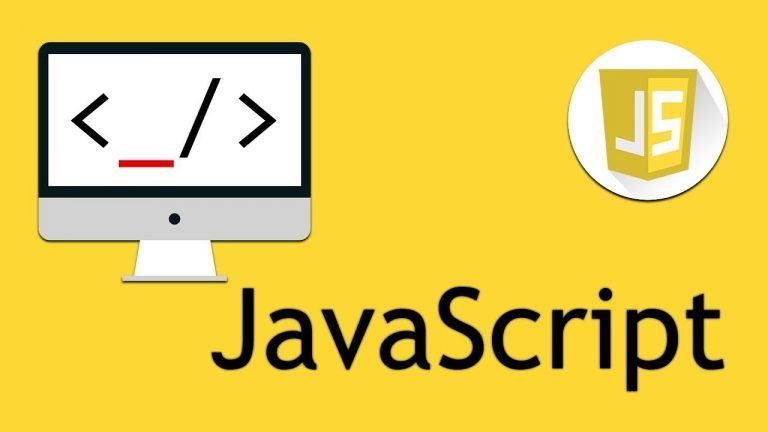
Javascript is one of the core technologies of the web along with HTML and CSS and its syntax is very easy to learn for beginners as compared to other programming languages. After you learn the basics of JavaScript, there are many frameworks and run-time environments like NodeJS, Angular JS, React JS, etc. for certain tasks.
The main purpose of Javascript is to provide dynamic functionality on web pages on the client side or web browser. But after the evolution of the JavaScript engine, it can be used on the server side on web servers and databases.
This is the language that is interpreted, where one can make changes to your code and immediately run it again to see the effect of changes without recompiling the code.
Future Prospect Of Javascript
JavaScript, without a doubt, is going to become increasingly popular because it can be used for back-end development and can even potentially build native mobile apps (through React Native).
JavaScript continues to get more tools and updates at a fairly fast pace, so you can expect it to remain extremely important in the future. Highly recommended for new programmers!
7. PHP
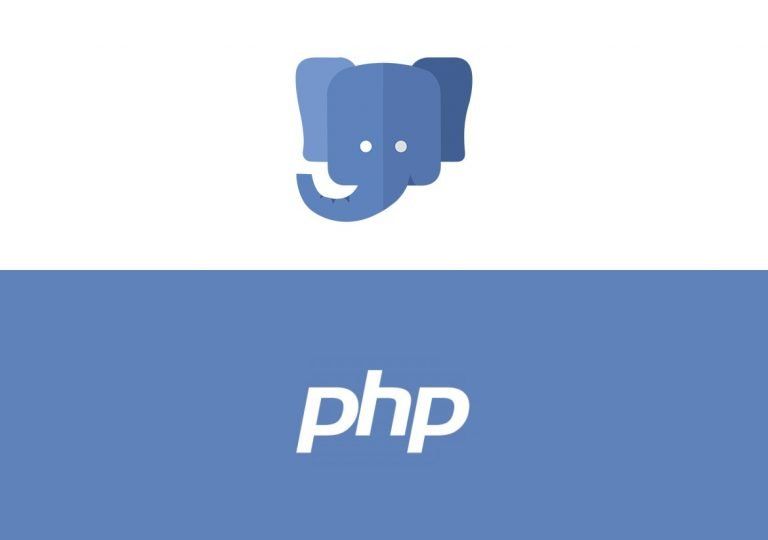
PHP is one of the most popular programming languages for web development. This is a simple, elegant, and widely used scripting language but can also be used as a general-purpose programming language.
PHP is also an open-source programming language, the easiest choice for beginners to pick, who are entering server-side web development. There are many free tutorials and guides available on the internet for novice coders.
Also, it has several popular web frameworks such as Laravel and Zend that make web development easier and more measurable.
Uses: PHP is widely used with the Apache web server and MySQL database.
Future Prospect Of PHP
PHP is a language designed for the web and 80% of websites are built on PHP. The world’s most popular social networking site ‘Facebook’ and the most popular content management system (CMS) ‘WordPress’ are both supported by PHP. So, we know the importance and relevance of PHP in the world of coding.
But, the trends for back-end development have been shifting away from PHP for some years now. Nonetheless, the PHP community is trying to renew its bad reputation with new guidelines on how to code PHP the right way and by introducing new tools.
8. Python
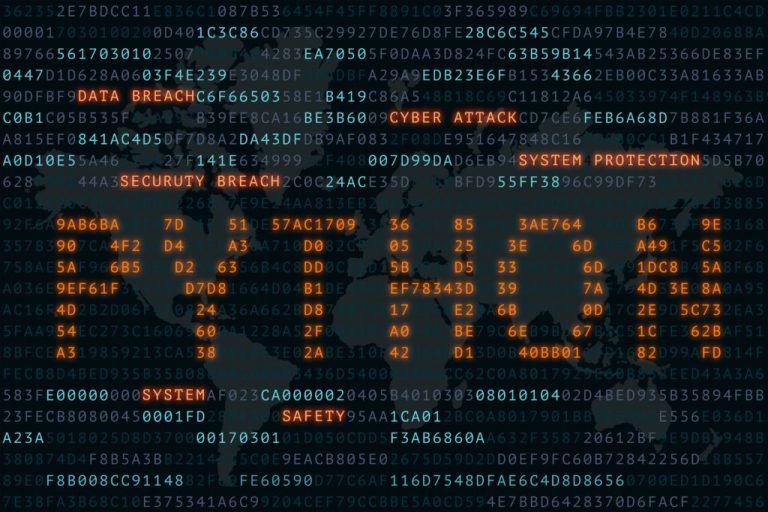
Python is considered one of the easiest high-level programming languages for beginners in programming as it has a very simple syntax. Even non-programmers can explain how the python program works after reading its code, so this is also a highly recommended programming language for beginners.
Most schools began their coding lessons for students by introducing them to Python first. This shows that it is very easy to pick for novice programmers who must learn a very useful programming language.
Python is simple, easy to read and requires fewer lines of code than other high-level languages.
This is an Open Source programming language with the support of a large community, easy reading material available on the internet for beginners. There are many free Python IDE and editors available to make it even easier.
Future Prospect Of Python
Python is popular among academic researchers and data scientists, and it will continue to grow steadily and remain relevant. While Python won’t be evolving as fast or seeing the explosive growth and demand as JavaScript, it will continue to be stronger when there is such a high demand for data scientists.
Python is one of the most popular and easiest programming languages, where developers can build dynamic websites and applications but can also implement AI and Machine learning algorithms.
9. Ruby
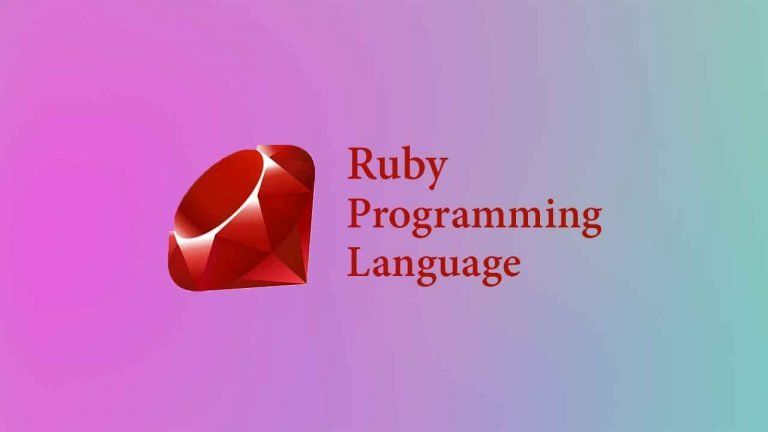
Ruby is a dynamic, object-oriented programming language, whose concepts can be applied to many other high-level programming languages. Ruby primarily focuses on simplicity with productivity, yet it has a very simple syntax that is easy to read and write for coding enthusiasts.
This language is considered a perfect mix of old programming languages like Perl, Smalltalk, Eiffel, Ada, and Lisp and modern programming languages including Python and PHP.
Ruby on Rails is one of the most popular frameworks for building web applications.
Ruby is useful for building web applications, web servers, graph libraries, image recognition machines, threaded database servers, low-level system utilities, etc.
Future Prospect Of Ruby
Developers have reinstated this many times that they love working on Ruby as it is easy to pick up, which means that it is one of the most essential to learn and work for programming languages and is going to be popular among coding newbies.
Many famous websites, such as Airbnb, Twitch, Hulu, etc., are built with Ruby on Rails, which means Ruby’s popularity is only going to rise in the coming future.
Despite facing severe competition from NodeJS and others, Ruby is going to stay relevant and will be sticking around because of tremendous community support and tons of useful tools available for easy development.
No doubt, it is a must-learn language for beginners in coding!
Few Other Language
There are a few more languages to learn for beginners, but SQL takes on this last posItion here, primarily because no list of beginners’ coding itineraries is complete without learning SQL.
10. SQL
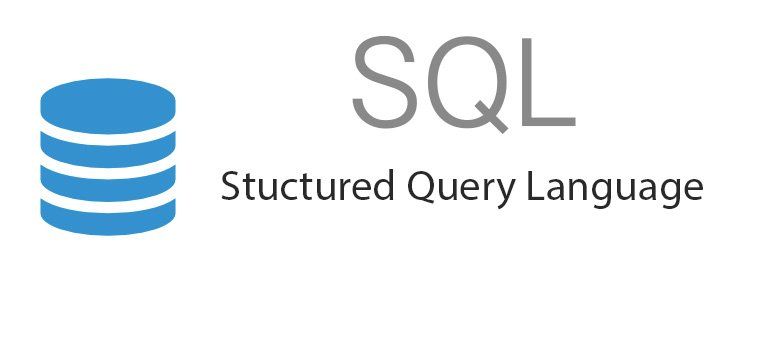
SQL (Structured Query Language), is a query language used to communicate with databases. SQL is a standardized programming language that’s used to manage relational databases and perform various operations on the data in them.
No list of programming languages for beginner coders is complete without counting SQL in it. It was created in the 1970s and is not only used by database administrators but also by developers writing data integration scripts and data analysts, who are looking to set up and run analytical queries.
It is used to manage the data in apps that use relational database management systems (RDMS), but it is not used to build apps.
Future Prospect Of SQL
SQL will always stay relevant because of its many uses everywhere, also it is universally understood by database administrators. It is a highly useful programming language for beginners in coding.
By facing difficulties in managing big data, SQL is hotter than ever. Google has also recently updated its BigQuery service so it can now ingest up to 100,000 rows per second per table, and BigQuery uses SQL. Spark’s also had the spark SQL Module since version 1.3. For products like ClustrixDB, DeepSQL, MemSQL, and VoltDB, all you need to do is add commodity nodes instead of bulking up a database server.
Finally, SQL is relevant again because it’s needed to manage and analyze (not store) big data. The developer’s community is even contemplating some sort of combined application of SQL and NoSQL for better services.
Conclusion
How do you decide which is the easiest programming language for a beginner? Ultimately, it all depends on what you want to do and what you enjoy the most in programming languages.
- If you want to get into web development, you must learn JavaScript.
- If you want to do back-end web development, you must learn SQL.
- For becoming a data scientist, Python is a good language to learn.
- If you want to work for an enterprise, then Java is a must-learn.
Hope you find this list of easiest programming languages useful in deciding which one to pick first for starting your coding journey!
Is Python or C++ better for beginners?
Python leads to one conclusion: Python is better for beginners in terms of its easy-to-read code and simple syntax. Additionally, Python is a good option for web development (backend), while C++ is not very popular in web development of any kind. Python is also a leading language for data analysis and machine learning.
Is Python hard to learn?
Python is widely considered one of the easiest programming languages for a beginner to learn, but it is also difficult to master. Anyone can learn Python if they work hard enough at it, but becoming a Python Developer will require a lot of practice and patience.
What is the fastest programming language?
C++ is one of the most efficient and fastest languages. It is widely used by competitive programmers for its execution speed and standard template libraries(STL). Even though C++ is more popular, it suffers from vulnerabilities like buffer error. C++ executes at more or less the same speed as its predecessor C.
🚀 Try Codersera Free for 7 Days
Connect with top remote developers instantly. No commitment, no risk.
Tags
Trending Blogs
Discover our most popular articles and guides
10 Best Emulators Without VT and Graphics Card: A Complete Guide for Low-End PCs
Running Android emulators on low-end PCs—especially those without Virtualization Technology (VT) or a dedicated graphics card—can be a challenge. Many popular emulators rely on hardware acceleration and virtualization to deliver smooth performance.
Android Emulator Online Browser Free
The demand for Android emulation has soared as users and developers seek flexible ways to run Android apps and games without a physical device. Online Android emulators, accessible directly through a web browser.
Free iPhone Emulators Online: A Comprehensive Guide
Discover the best free iPhone emulators that work online without downloads. Test iOS apps and games directly in your browser.
10 Best Android Emulators for PC Without Virtualization Technology (VT)
Top Android emulators optimized for gaming performance. Run mobile games smoothly on PC with these powerful emulators.
Gemma 3 vs Qwen 3: In-Depth Comparison of Two Leading Open-Source LLMs
The rapid evolution of large language models (LLMs) has brought forth a new generation of open-source AI models that are more powerful, efficient, and versatile than ever.
ApkOnline: The Android Online Emulator
ApkOnline is a cloud-based Android emulator that allows users to run Android apps and APK files directly from their web browsers, eliminating the need for physical devices or complex software installations.
Best Free Online Android Emulators
Choosing the right Android emulator can transform your experience—whether you're a gamer, developer, or just want to run your favorite mobile apps on a bigger screen.
Gemma 3 vs Qwen 3: In-Depth Comparison of Two Leading Open-Source LLMs
The rapid evolution of large language models (LLMs) has brought forth a new generation of open-source AI models that are more powerful, efficient, and versatile than ever.